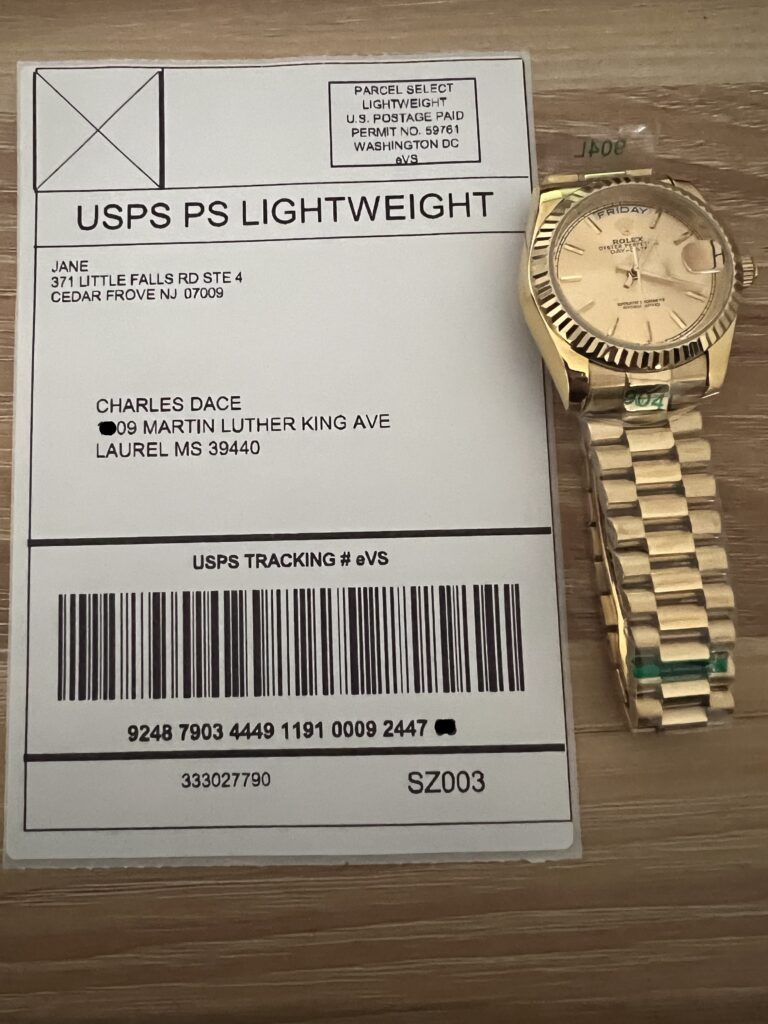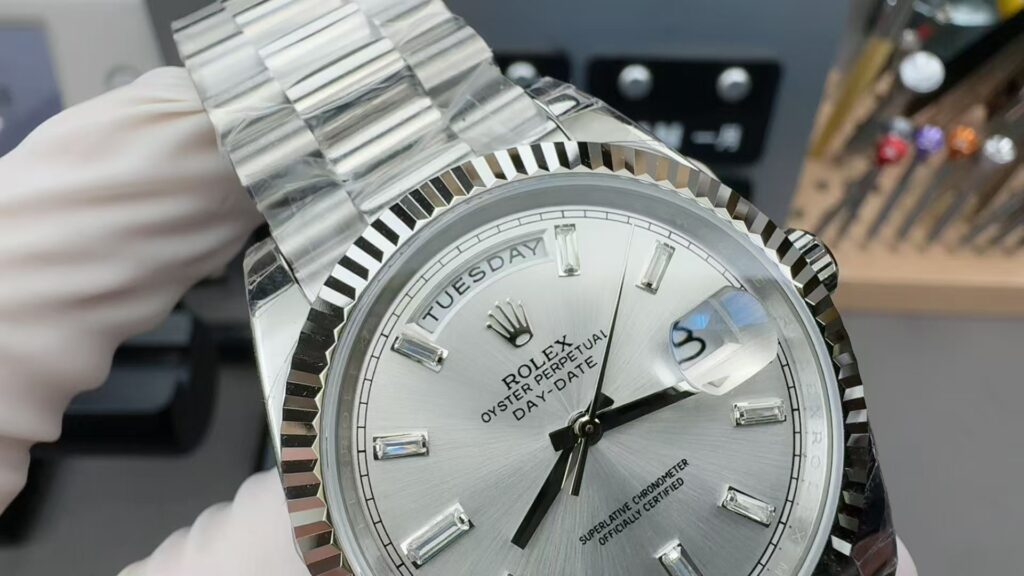The Vintage Replica Rolex Datejust 1601 and Its Enigmatic Lavender Dial
The Rolex Datejust has long been a cornerstone of horological design, blending elegance with technical precision. Among its iterations, the reference 1601 stands as a paragon of understated luxury, boasting a 36mm case, fluted white gold bezel, and the iconic Jubilee bracelet. Yet, within this celebrated lineage lies an extraordinary variant that transcends convention-a version adorned with a rare no-lume lavender dial. This is not merely a watch; it is a narrative of serendipity, craftsmanship, and the quiet magnetism of the unexpected.

My fascination with vintage Rolex Datejust models began as a reluctant curiosity. For years, I dismissed them as overly familiar, their ubiquity rendering them almost invisible amid the clamor of bolder designs. That changed when a metallic black-dialed 16030 crossed my path, its sleek modernity hinting at hidden depths. Soon, a 1600 with a smooth bezel and oceanic blue dial captivated me, followed by a 16200 whose minimalist blue face exuded quiet confidence. These watches, each distinct in character, gradually eclipsed the rest of my collection. Yet a lingering question remained: Where was the quintessential 1601-the archetype that balanced tradition with individuality?
The answer arrived during a holiday visit to Florida, where a long-deferred promise led me to Eric Wind’s Palm Beach studio. Browsing his inventory online, I fixated on an anomaly: a 1601 with a lavender dial, absent the customary lume. The images hinted at a soft, pinkish hue, but its absence from the display case that day seemed a cruel twist. Eric revealed it had been claimed mere hours before my arrival. Still, he indulged my request to see it.

Holding the watch, its allure became undeniable. The dial shifted like a chameleon-grayish in muted light, blooming into a dusky violet under the sun. This chromatic dance defied the static online portrayal, challenging assumptions about replica Rolex’s color palette. Eric’s assertion that this was an original finish, not a degraded gray, gained credence from the dial’s pristine condition. Without lume plots to disrupt its surface, the lavender expanse felt pure, almost elemental. The lack of tritium, he explained, aligned with 1970s Japanese import laws banning radioactive materials, a detail that added historical intrigue.
Skepticism about no-lume dials had once colored my tastes; I cherished the warm decay of aged tritium, even as ghostly remnants. Yet here, the absence of lume revealed unexpected virtues. Freed from the risk of corrosion or discoloration, the dial’s integrity seemed timeless. Its minimalist aesthetic, paired with polished hands and crisp indices, elevated the watch into a realm of refined simplicity. Even the fluted bezel, often dismissed as overly ornate, harmonized with the design, its sharp edges catching light like facets of a gemstone.

The Jubilee bracelet, a masterpiece of mid-century design, further elevated the ensemble. Its supple, five-link construction draped effortlessly around the wrist, a testament to Rolex’s ergonomic genius. The case, mercifully spared from overzealous polishing, retained sharp lines and a gentle sheen-a rarity in vintage specimens often worn to anonymity.
Though the replica watch slipped through my fingers that day, its memory lingered. A week later, fate intervened: the buyer withdrew, and the 1601 became mine. Unboxing it weeks later, I savored the moment-a ritual of delayed gratification. Slipping it onto my wrist, the bracelet’s whisper-soft clasp and the dial’s enigmatic glow affirmed its singularity.
In a world where vintage Rolex often leans on patina and provenance, this 1601 offers something rarer: a window into a precise moment of design daring. Its lavender dial, unmarred by age or compromise, speaks to the beauty of preservation. It is a reminder that true elegance lies not in ostentation, but in the quiet confidence of a story well told-and even better lived.

